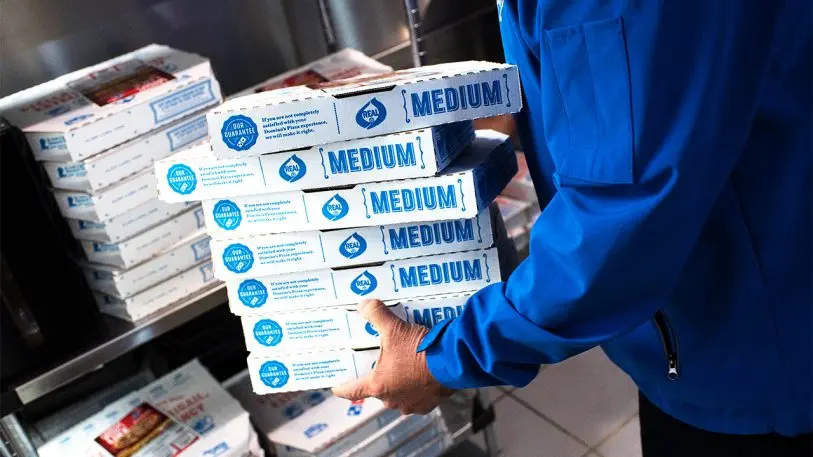The city of Seattle is in the process of gradually phasing in a $15-per-hour minimum wage: It has now reached $13 for workers at large companies ($15 if you they work less than 40 hours a week) and will move up to $15 in 2021 for all workers. As the wage rises, the city is providing a lot of data on the effects of the policy, and that data is continually proving helpful to activists as they work to raise the wage in other cities, states, and nationally (and embarrassing to the economists who sounded alarm bells about how damaging a living wage would be for the city).
UPDATE: A second study, published the next day, finds that while jobs haven’t been lost, some workers are working fewer hours, though other researchers have questioned the findings.
One common critique of higher minimum wages is that they also raise the cost of living. But last year, an initial study from the University of Washington found that retailers, despite having to pay their workers more, weren’t raising prices. Another is that higher pay will lead to fewer shifts and fewer jobs. And while those same UW researchers are analyzing the data, other researchers at UC Berkeley’s Institute for Research on Labor and Employment (IRLE) used an innovative model to prove that the city’s increased minimum wage has had no negative effect on job availability.

The report on Seattle is the first that IRLE has planned in a series analyzing specific city and state minimum wage policies, and their effects on jobs and retail prices.
To test the higher wages’ effect on Seattle’s job market, the IRLE team created a “synthetic Seattle,” to use as a control against which to compare Seattle itself. To create this synthetic Seattle, the researchers compiled employment data for all the counties in the country that roughly mirror Seattle in size, and weighted them to create a fictional county that behaves, economically, roughly like Seattle. The researchers were careful to select only from counties, which, like Seattle, index their minimum wages in accordance with inflation to ensure the value of the minimum wage doesn’t erode each year. (Cities and states that index apply the percent increase of inflation to the minimum wage itself, which is why you get minimum wages like $12.87 in San Francisco instead of the round numbers thrown around in policy debates.)
“So when you look at the data, you pinpoint where Seattle has an increase in its minimum wage, and synthetic Seattle does not, and determine whether employment statistics diverge or don’t diverge,” Allegretto says.
In IRLE’s simulation, the difference in employment (or elasticity) across four categories—food service as a whole, restaurants, limited-service restaurants, and full-service restaurants—was negligible.

Contrary to the simple supply-and-demand theory, higher minimum wages, Allegretto says, may end up saving companies money in the long run. “We know that turnover decreases when you increase minimum wages,” she says. “If companies invest more in their workers, the workers are going to be more satisfied. In industries like the restaurant industry, where the turnover rate is sometimes above 100% in a year, that’s a lot of money to spend on recruiting and training and re-recruiting constantly,” Allegretto says.
While the phase-in processes for the 19 cities and states raising their minimum wages will necessarily slightly differ, and IRLE’s future reports and analyses on these efforts will take those differences into account, “the salient point is that the $7.25 federal minimum wage is far too low, and we should be moving beyond it regardless,” Allegretto says.
Correction: This article previously stated that workers at large companies in Seattle currently make $13/hour. That is true, though if they work less than 40 hours a week, they are required to make $15.
Recognize your brand’s excellence by applying to this year’s Brands That Matter Awards before the early-rate deadline, May 3.
